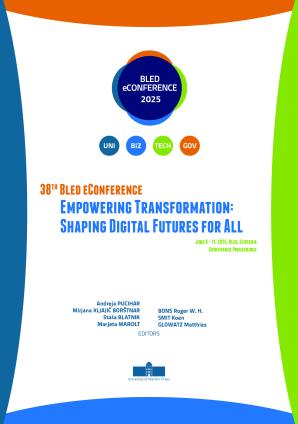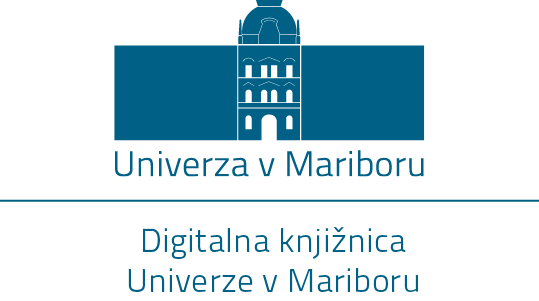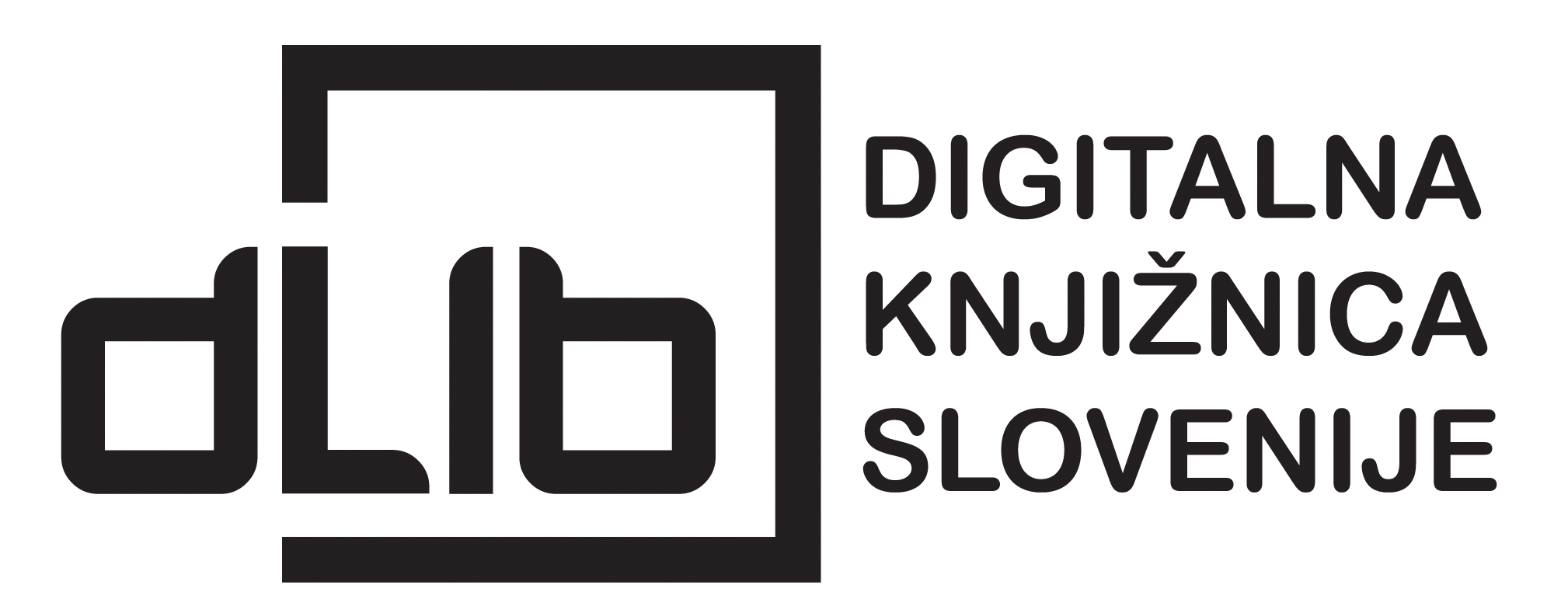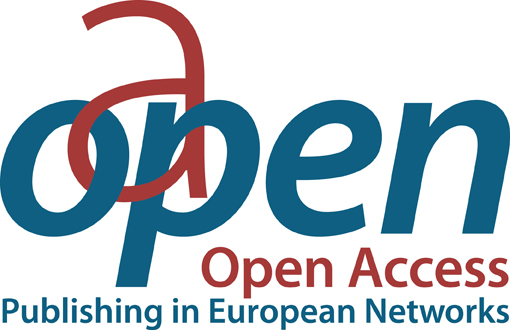Developing a Value Sensitive VR Learning Environment Fostering Professionals’ Communication Skills
Kratka vsebina
E-learning using virtual reality (also called v-learning) made it possible to create a ‘scalable v-learning platform’, enabling anyone without programming experience to create v- learning content for soft skill training. In the current project, Large Language Model algorithms are developed that help make it easier to create content and to generate more realistic and interactive virtual trainings. In order to study which human values and design principles are relevant for developing a skill training virtual reality learning environment, we used a Value Sensitive Design (Friedman, 1996) method in order to gather the human values of varying stakeholders. First, we studied values to be taken into account from both student and teacher perspectives, including educational and didactical values. These human values based on literature studies were supplemented by the perceptions of stakeholders, including commercial ones, and their human values in mutual interactions (empirical perspective). For this, an ethical matrix (comp. Van der Stappen & Van Steenbergen, 2020) was used as an instrument (for empirical research) for (a) identifying the harms and benefits of the use of the VR learning environment and (b) discussing essential human values in the development and implementation process. Finally, these two perspectives – one conceptual the other empirical – are brought together and some recommendations are offered for designing ethical, transparent, and effective digital learning environments that support both students and educators in their professional development.







